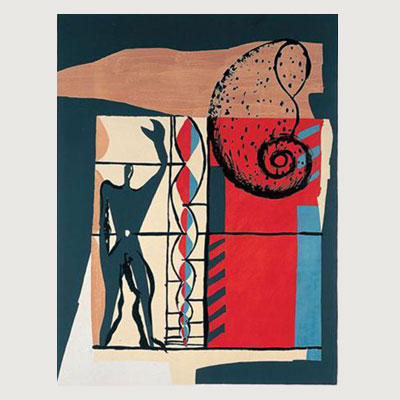
06/10/1887 – 27/08/1965
Le Corbusier, born Charles-Édouard Jeanneret-Gris in 1887 in Switzerland and passed away in 1965 in France, was a globally renowned architect, urban planner, painter, and architectural theorist. He is famous for his revolutionary contributions to modern architecture and urbanism. Quickly, Le Corbusier established himself as an iconic figure of the modernist movement through his innovative concepts and functional approach to architecture.
He began his career in Switzerland before moving to Paris, where he developed his groundbreaking ideas. His theories on urbanism and architecture are outlined in his numerous writings, including “Towards an Architecture,” published in 1923. This book had a major influence on the development of modern architecture.
Le Corbusier is known for his five points of modern architecture: pilotis (columns), flat roof terrace, open floor plan, horizontal windows, and free façade design. These principles are reflected in his most famous works, such as the Villa Savoye in France and the Unité d’Habitation in Marseille. These buildings embody his ideal of harmony between space, light, and functionality.
In addition to his architectural achievements, Le Corbusier made significant contributions to urban planning. He proposed bold plans for modern cities, like the Plan Voisin for Paris, emphasizing efficiency, green spaces, and fluid traffic. Although some of his urban ideas were controversial, they influenced 20th-century urban planning.
Le Corbusier was also an accomplished artist. His paintings and furniture reflect his multidisciplinary approach and his desire to create a complete and coherent environment.
